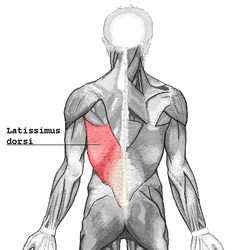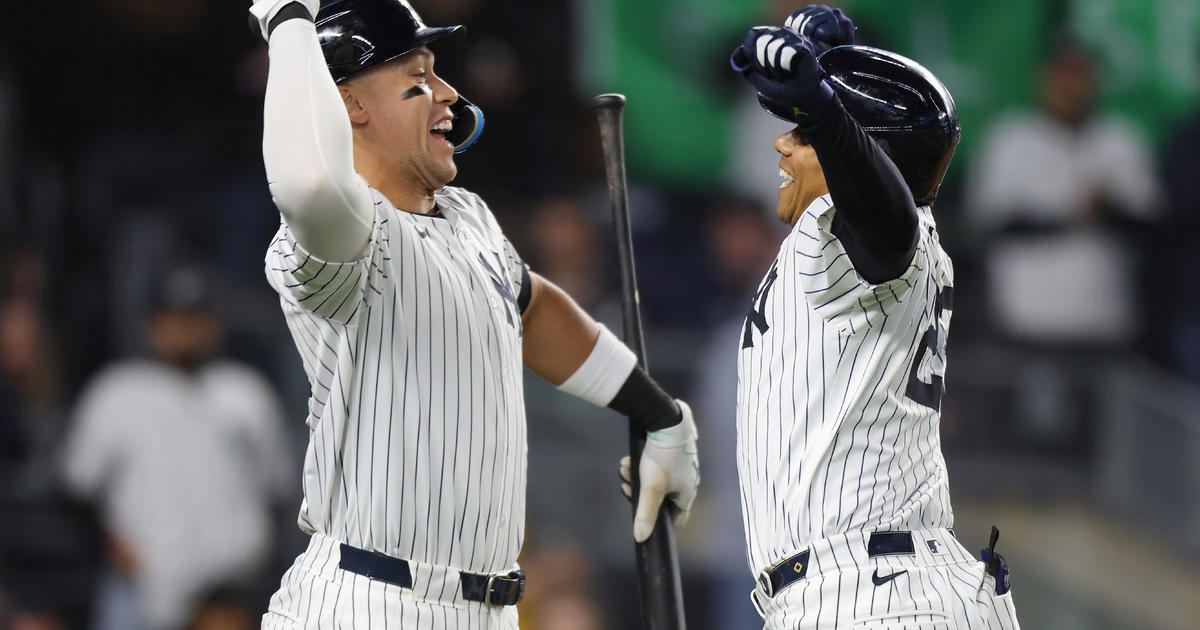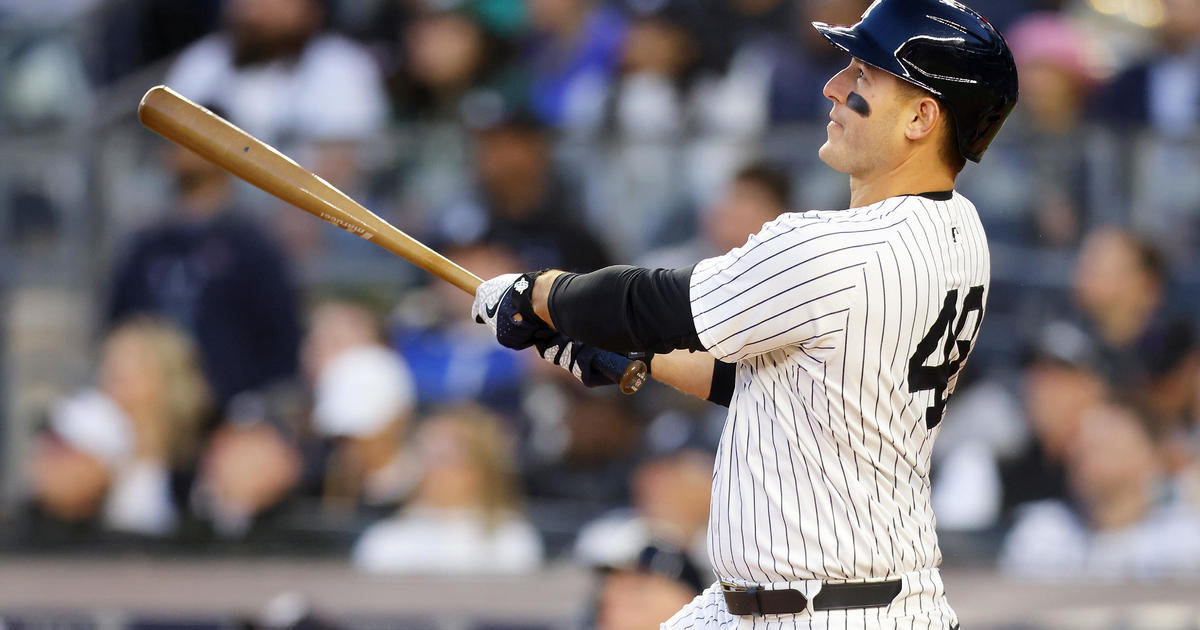Injury Breakdown: Roy Halladay To Shut Down Shoulder
By Abby Sims
» More Columns
The Philadelphia Phillies placed Roy Halladay on the disabled list yesterday with a Grade I strain of the latissimus dorsi (generally referred to as the lat muscle). Though not an injury we generally hear too much about, the lat plays an integral role in the pitching motion. What is surprising is that there aren't more diagnoses like Halladay's.
Halladay reportedly contended with periodic shoulder stiffness all season, though complained of soreness only recently. His uncharacteristic lack of success now appears related. To be sure, as pitcher injuries go, Halladay's could be much worse. This one requires only rest and rehab. For the record, the terms muscle strains and tears are essentially synonymous, and are graded from I – 3, with a grade one being a minor disruption of the muscle fibers and a grade three being a complete rupture.
Where is the lat and what is its role?
The latissimus dorsi is a very broad muscle that spans much of the back. It has an expansive connection to the spine (via fibrous tissue that attaches muscle to bone, much as tendons generally do) at the lower 11 vertebrae and sacrum, as well as to the posterior (rear) crest of the pelvis, the lowermost ribs and to the tip of the scapula (shoulder blade). –The lat reaches all the way to the front of the shoulder, inserting at a groove of the humerus (the bone of the upper arm), in the same region as the tendon of the pectoral muscle.
The primary roles of the lat are to extend the shoulder (drawing the humerus backward), to adduct the shoulder (drawing the humerus toward the body) and also to rotate the humerus inwardly (medially). Because of its attachments, the lat can also pull the lowermost point of the shoulder blade downward and backward.

Studies have shown that the latissimus dorsi acts primarily to extend and internally rotate the humerus in the later phases of the pitching motion. It is integrally involved in the preparation for, and execution of, the acceleration that occurs before the release of the ball. The lat's other functions are considered to be of lesser importance to the overall pitching motion. The lat is thought to be most vulnerable to injury during the cocking phase of pitching where it is acting to extend while also lengthening, in what is termed an eccentric contraction.
Follow Abby on Twitter @abcsims



